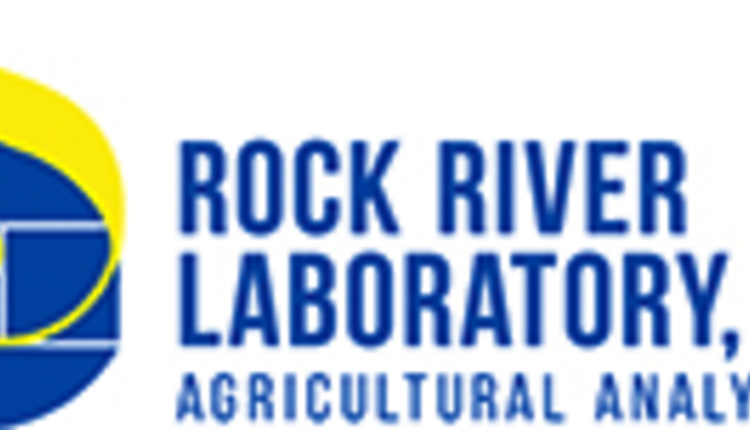Harnessing the Power of Plant Tissue Analysis |
|
|
This item has been supplied by a forage marketer and has not been edited, verified or endorsed by Hay & Forage Grower. As margins tighten, and commodity prices remain uncertain, our industry will need to farm smarter. Tools like plant tissue analysis are imperative to this goal. An extremely powerful tool for assessing crop health and vitality, plant tissue analysis has been, and will be, a foundation for agricultural research. This analysis is responsible for much of what we know about how plants grow, fertilizer efficacy, and proper timing of applications. However, this tool has limitations. Outside of the research setting, how does the agronomist best put this tool to use in making a decision that has real on-farm effects? Understanding the capabilities and limitations is the best way to avoid common plant tissue analysis pitfalls. 1) Follow proper sampling procedures To understand how to apply plant tissue analysis, it´s key to know that the nutrients are not evenly distributed throughout the plant. A leaf doesn’t need to be as rigid as a stalk, so the leaf has different nutrient needs than the stalk. Further, the nutrient makeup of a leaf will be different depending upon the leaf’s age. Young, growing leaves require more energy than older, mature leaves. Some nutrients, such as nitrate, can also move around in the plant and will move to the stressed portion of a plant, potentially masking a deficiency. Other nutrients, such as calcium, are not mobile within the plant, and cannot be transported to areas that need it in times of stress. Studies on this very topic have been conducted, resulting in guidelines for proper plant tissue sampling. As long as guidelines are followed when plant tissue samples are collected, the interpretation of the results will be sound, and accurate decisions can be made. Looking deeper, Karlen et al published a paper in 1988 in which whole corn plants were collected throughout the season, at several growth stages. Using the data, the researchers were able to quantify the amount of nutrient in a given plant part at a given growth stage - thus giving an idea of how nutrients are distributed throughout the plant. The data also help to distinguish which plant parts are more telling of nutrient deficiencies at a given growth stage. Using the norms that have been developed by studies like this, an agronomist can now sample a specific part of a plant at a specific growth stage, and interpret the results with a fair degree of accuracy. If, however, the growth stage is unknown or the plant part sampled is incorrect, the interpretation of the analysis will be flawed, and could result in poor decision making. It´s important to follow the guidelines that your lab uses so that you can make the most of your analysis. 2) Know the interpretation system to understand and properly utilize results Once a plant tissue analysis report is in hand, what does it mean? How do we read these reports, and how do we use the analysis effectively? Several systems have been developed to interpret the results. Regardless of complexity level, all interpretation systems are looking at one thing: what is the probability that the plant will respond to more of a certain nutrient? The most intuitive system, sufficiency ranges, simply uses the categories of low, optimum, and high. If a nutrient is listed as “low,” there is a good probability that the plant will respond to more of that nutrient. However, the low presence of the nutrient can be either a problem, or a symptom. This is where more advanced interpretations come into play. The Diagnosis and Recommendation Integrated System (DRIS) accounts for nutrient interactions within the plant, reviewing nutrient levels as they relate to one another, and providing an interpretation that accounts for the complete plant system. Regardless of which system is used, a stressed plant will yield a report that shows the plant needs something to help it thrive. But how is the problem best corrected? 3) Get the whole picture A plant tissue analysis alone cannot provide a complete view of the soil-plant relationship. In the case of a plant that is showing deficiency, there may be plenty of nutrients in the soil, but perhaps something else is blocking uptake. Without a soil test, there is no way to know if we´ve found the problem or the symptom. For example, cases have arisen in which a phosphorus deficiency was caused by low soil pH. Soil and plant tissue analysis convergence is the best way to make a sound decision for a long term correction to the system, as opposed to a short-term fix. Pairing soil analysis with plant analysis is farming smartest. This whole-system approach will provide the most complete information. Plant tissue analysis is a powerful tool when utilized correctly and with the basic understanding of the ever-changing physiological systems of the plant. Use it within the presented guidelines and you will be rewarded in both yield and input efficiency. Rock River Laboratory provides production assistance to the agricultural industry through the use of advanced analytical systems, progressive techniques, and research-supported analyses. Employing a team of top specialists in their respective fields, Rock River Laboratory is built on providing accurate, cost-effective, and timely analytical results to customers, while featuring unsurpassed customer service. |
